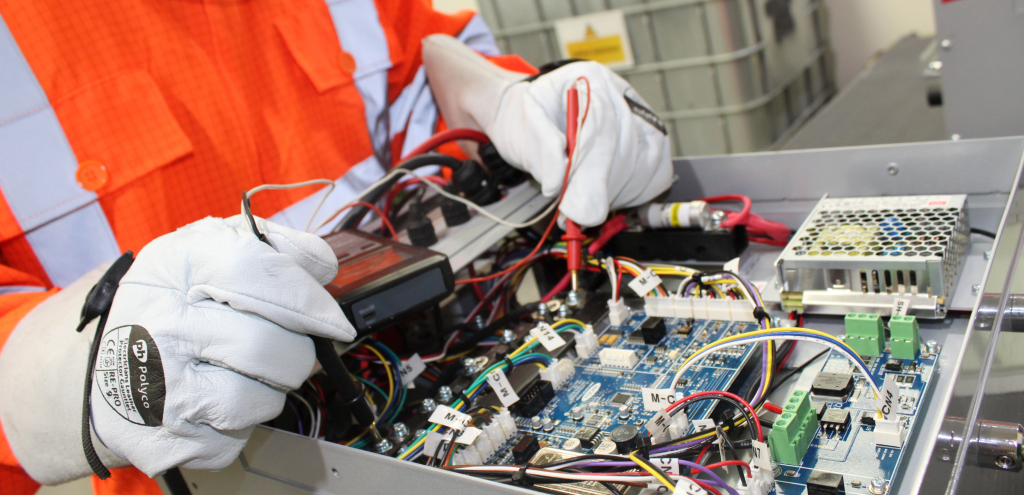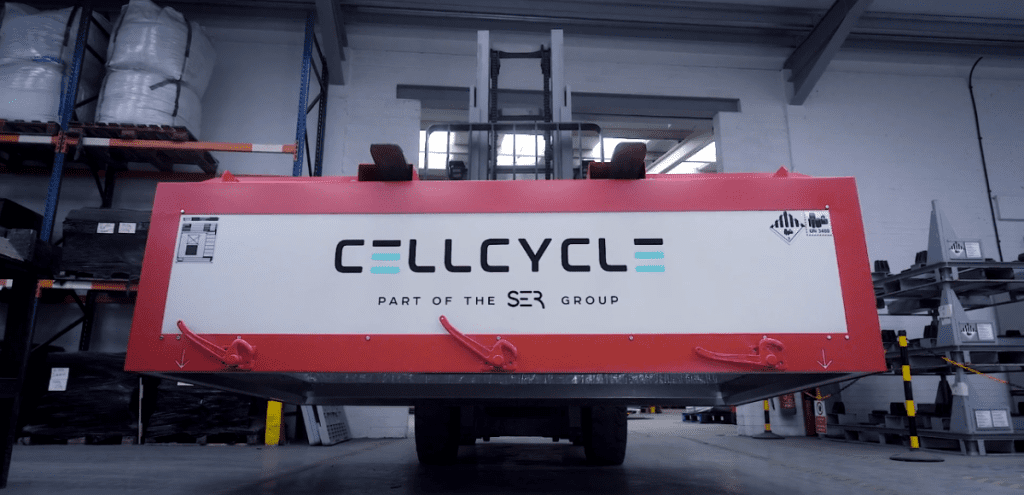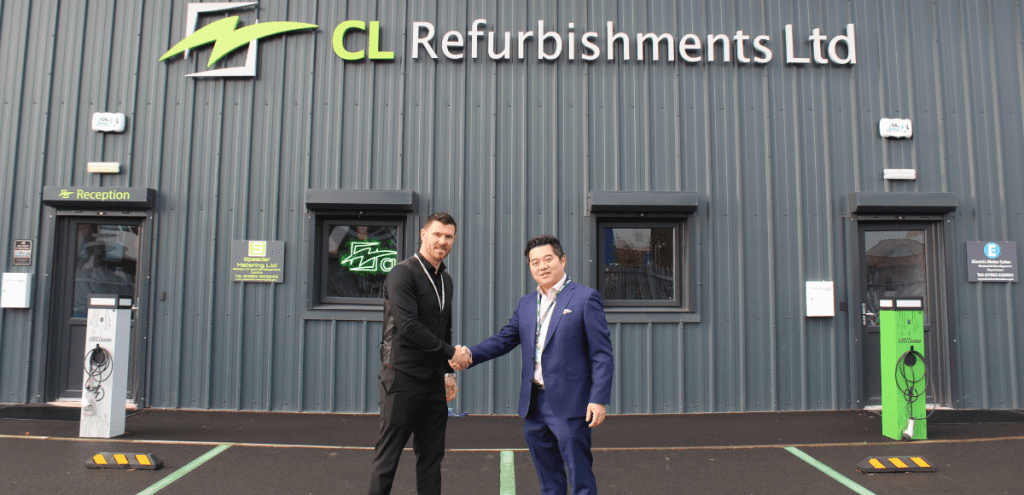Lithium-ion batteries are at the heart of modern energy storage, powering everything from smartphones to electric vehicles. However, like all electrochemical systems, they degrade over time. Understanding how and why this happens is vital not only for extending battery life but also for improving lithium battery recycling efficiency and ensuring safe lithium battery disposal at end-of-life.
Cycle Life and Capacity Fade
Every battery has a cycle life, the number of full charge and discharge cycles it can complete before its capacity drops below a usable threshold, often 80% of its original value. Over time, capacity fade reduces the amount of energy a battery can store. This gradual decline is caused by changes in the battery’s chemistry and structure, making effective li ion battery recycling strategies more important to recover valuable materials before they degrade further.
Common Degradation Mechanisms
Several processes drive battery degradation:
- Solid Electrolyte Interphase (SEI) growth: Forms on the anode during initial charging and thickens over time, consuming lithium and reducing capacity.
- Lithium plating: Can occur at high charging rates or low temperatures, leading to performance loss and safety risks.
- Cathode degradation: Structural breakdown of cathode materials reduces capacity and efficiency.
- Electrolyte decomposition: Chemical breakdown decreases ion mobility and increases internal resistance.
These mechanisms not only shorten a battery’s useful life but also influence how lithium battery recycling processes can recover critical materials such as lithium, cobalt, and manganese.
The Role of Temperature
Temperature has a direct impact on battery lifespan:
- High temperatures accelerate unwanted chemical reactions, increasing SEI growth and electrolyte breakdown.
- Low temperatures risk lithium plating during charging, causing permanent damage.
Controlling temperature during use helps slow degradation and supports better outcomes in lithium battery disposal and recycling stages.
Charging Rates and Depth of Discharge
Fast charging, although convenient, increases internal stress and accelerates wear. Similarly, depth of discharge — the percentage of capacity used before recharging — affects cycle life. Shallow discharge cycles tend to extend lifespan, whereas deep cycles speed up capacity fade. For recyclers, knowing a battery’s charge history helps determine the safest and most effective li ion battery recycling approach.
Why Degradation Knowledge Improves Recycling
From a recycling standpoint, understanding degradation is essential. By assessing the state of health and identifying degradation patterns, recyclers can:
- Safely discharge and dismantle batteries for compliant lithium battery disposal.
- Choose the most effective recovery process for the battery’s condition.
- Maximise the yield of valuable materials through advanced lithium battery recycling methods.
At Cellcycle, our process combines precise diagnostics with innovative bio-based recovery technology to deliver efficient and environmentally responsible li ion battery recycling solutions. By doing so, we ensure critical minerals are recovered sustainably, reducing waste and supporting a closed-loop energy economy.


